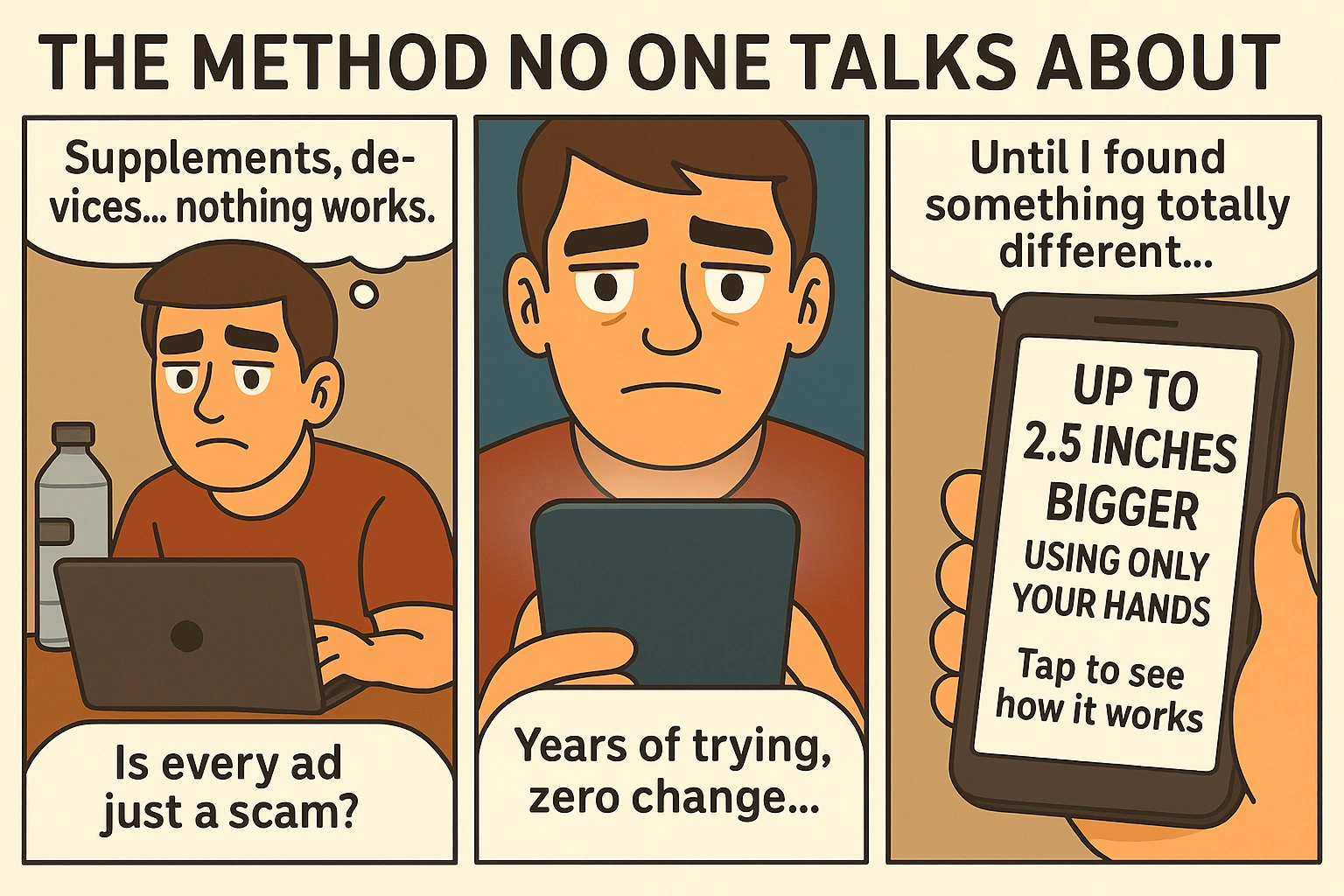Are Your Workouts Secretly Sabotaging Your Hormones?
Most guys hit the gym to get stronger, leaner, and more masculine. But what if your workouts are doing the exact opposite? The truth is, there are critical workout mistakes that crash your testosterone — and most men don’t even realize they’re making them.
Testosterone isn’t just about muscle. It drives your energy, libido, confidence, recovery, and mental sharpness. And if your training plan is sabotaging your T-levels, no supplement or diet trick will save you. Let’s break down the hidden habits that are destroying your hormones and how to fix them fast.
1. Training Too Long
Spending hours in the gym might sound hardcore, but your body sees it as stress. Long-duration workouts spike cortisol — the stress hormone that directly suppresses testosterone. If you’re grinding for 90+ minutes daily, you’re not building more muscle — you’re burning out your endocrine system.
Fix it: Keep workouts under 60 minutes. Use intensity, not duration, to drive results.
2. Chronic Cardio
Endurance training like long-distance running, biking, or high-volume circuits can tank your T. Studies show chronic cardio lowers testosterone, increases cortisol, and reduces muscle mass. Worse, it can shrink your sex drive and make recovery feel impossible.
Fix it: Prioritize resistance training and short, explosive cardio like sprints or sled pushes.
3. Not Lifting Heavy Enough
Light weights and high reps have their place — but they don’t trigger the hormonal response your body needs. Heavy compound movements like deadlifts, squats, and presses release more testosterone and growth hormone than isolation curls ever will.
Fix it: Train heavy (80–90% of 1RM) 2–3x per week using big lifts and low rep ranges (4–6 reps).
4. Training Fasted for Too Long
Fasting can help with fat loss, but if you’re lifting heavy in a fasted state regularly, you risk hormonal suppression. Your body needs fuel to produce testosterone and recover from stress. Constant fasted training leads to depleted glycogen, reduced strength, and hormonal burnout.
Fix it: Have at least a small protein + carb meal 30–60 minutes before intense sessions.
5. Ignoring Sleep and Recovery
You don’t grow in the gym — you grow during recovery. And if you’re sleeping less than 6 hours, skipping deloads, and never taking days off, you’re slashing testosterone production. Sleep is where T gets built. Miss it, and your body pays the price.
Fix it: Get 7–9 hours of deep sleep and deload every 6–8 weeks. Use active recovery, not punishment.
6. Overtraining Without Listening to Your Body
Pushing through pain and fatigue might sound disciplined — but it’s often stupid. When you ignore the warning signs of overtraining (irritability, poor sleep, low libido, stalled progress), your body increases cortisol and downregulates testosterone production to protect you.
Fix it: Track recovery. If your strength is dropping or libido is low, adjust volume and intensity before it’s too late.
7. Skipping Leg Day
You’ve heard the jokes — but it’s more serious than it sounds. Lower body compound exercises like squats and Romanian deadlifts activate the biggest muscle groups in your body. These movements are testosterone factories. If you skip them, you’re missing your hormonal jackpot.
Fix it: Train legs hard at least once a week with compound movements and progressive overload.
8. Avoiding Sunlight or Vitamin D
If you’re spending all your time indoors training, you’re missing one of the easiest testosterone boosters — sunlight. Vitamin D acts like a steroid hormone and plays a direct role in T production. Low D = low T.
Fix it: Get sunlight daily or supplement with high-quality D3 + K2. Bonus: it improves mood, libido, and immune strength.
Link Between Training and Bedroom Performance
If your workouts are breaking your body down, don’t expect your sex life to thrive. Low testosterone and high cortisol destroy libido, reduce blood flow, and kill stamina. Learn to spot the signs of low blood flow to the penis — they often start in the gym.
Build Confidence Through Hormonal Strength
Confidence isn’t just mental — it’s hormonal. Low T makes you doubt yourself, withdraw, and lose your edge. High T makes you bold, driven, and focused. If you’re struggling in the bedroom or socially, your training could be why.
Learn how to build confidence before sex by syncing your mindset with your biology.
Optimize Nighttime Recovery for Hormonal Balance
Most testosterone is produced while you sleep — especially during deep sleep cycles. If you’re scrolling until midnight and waking up groggy, your T levels are already suffering.
We broke down the best nighttime rituals to unlock testosterone surge in this guide. These small habits build powerful hormonal momentum.
The Smart Lifter’s Testosterone Checklist
Here’s your anti-testosterone-killer checklist — follow this and you’ll stay anabolic, energized, and unstoppable:
- ✅ Lift heavy with intention, not ego
- ✅ Prioritize compound lifts (squat, press, pull)
- ✅ Train under 60 mins with minimal distractions
- ✅ Sprint or sled once per week
- ✅ Never skip sleep, deloads, or quality food
- ✅ Use sauna, cold exposure, and breathwork for recovery
Want to fuel your growth even faster? Add these foods to your daily routine: pasture-raised eggs, red meat, Brazil nuts, spinach, garlic, avocado, and pomegranate juice. These natural T-boosters work with your training — not against it.
Why Cortisol Is Testosterone’s Worst Enemy
Cortisol isn’t evil — it’s necessary in small bursts. But if your workouts constantly spike cortisol without proper recovery, your testosterone production shuts down to balance the system. This leads to fat gain, mood swings, low sex drive, and weak performance in and out of the gym.
Solution: Manage training intensity, control life stress, use post-workout relaxation (like sauna, meditation, or deep breathing), and protect your sleep schedule like your life depends on it — because hormonally, it does.
Overtraining and Fertility
Many men think low testosterone just means lower libido — but it also affects your fertility. Overtraining raises oxidative stress and suppresses luteinizing hormone (LH), which directly controls testicular function and sperm production. If you’re trying to optimize your virility, training smart matters.
Case Example: The “Beast Mode” Burnout
We worked with a 33-year-old client who trained 6 days a week, followed fasting protocols, and lived on caffeine. Despite being lean and muscular, his testosterone came back at 250 ng/dL (very low). He had zero libido, erectile issues, poor sleep, and daily fatigue.
Once we cut volume, added carbs, restored sleep, and eliminated fasting — his T jumped to 620 ng/dL in 6 weeks. The lesson? Masculine energy comes from smart intensity, not chronic stress.
Testosterone-Boosting vs. Testosterone-Crashing Training 💪⚠️
| Boosting Workouts | Crashing Mistakes |
|---|---|
| Heavy squats, deadlifts, sprints | Excessive cardio or long sessions |
| 3–4 sessions per week, intense & short | Daily grinding with no recovery |
| Focus on intensity + full rest days | High volume, low rest, poor sleep |
| Mobility + cold exposure + breathwork | Pre-workout overload, ego lifting |
Frequently Asked Questions
❓ Can overtraining actually lower my testosterone?
Yes. Chronic overtraining elevates cortisol, suppresses the HPA axis, and reduces testosterone production — especially in men who ignore recovery protocols.
❓ What type of training is best for hormonal balance?
Compound lifts, short high-intensity intervals, and full rest between sessions support optimal testosterone, especially when combined with quality sleep and proper nutrition.
Final Thoughts
There are real workout mistakes that crash your testosterone, and you don’t need to fall into the trap. It’s not about training less — it’s about training smart, recovering hard, and aligning your routine with your biology. Stop trying to outwork your hormones. Start working with them.
Want to maximize your confidence, erections, and masculine drive? Then your T levels must come first. Everything else flows from there.
And if you haven’t yet, check out our full strategy guide on how to build confidence for better performance. When mindset and testosterone align, domination becomes effortless.
The Ideal Testosterone-Boosting Workout Routine
If you want your training to skyrocket your hormones instead of crash them, follow this simple weekly layout:
- Day 1: Heavy upper body push + core
- Day 2: Sprint intervals + mobility
- Day 3: Heavy lower body + finishers
- Day 4: Recovery (sauna, walking, stretching)
- Day 5: Pull-focused strength + grip
- Day 6: HIIT or weighted carries
- Day 7: Full rest or low-impact activity
Pair this with 7–9 hours of sleep, clean nutrition, and strategic sunlight — and your testosterone will rise naturally over time. You’ll notice better focus, drive, sexual performance, and self-belief.
You Were Built to Dominate
Training should build you, not break you. When you align effort with recovery, power with presence, and intensity with strategy — you unlock your full masculine potential.
So if you’re tired of grinding with no gains, low energy, or poor bedroom results, now you know what’s holding you back. Fix these workout mistakes that crash your testosterone — and become the man your body was meant to support.
Daily Habits That Protect Your T
Testosterone isn’t protected in the gym — it’s reinforced by what you do the other 23 hours of the day. Build these habits into your routine:
- ☑️ Morning sunlight exposure for 10–15 minutes
- ☑️ Daily movement (walks, mobility, breathwork)
- ☑️ Eliminate processed sugar and seed oils
- ☑️ Schedule time to disconnect from screens
- ☑️ Keep stress low and purpose high
Your hormonal power comes from consistency, not hacks. Lead your life like a high-performing man, and your body will respond in kind.
Your workouts should give you more life — not take it away. Train like a man who owns his body, mind, and mission.
 Workout Mistakes That Crash Your Testosterone – strength and sexual wellness theme – via supremepenis.com
Workout Mistakes That Crash Your Testosterone – strength and sexual wellness theme – via supremepenis.com







